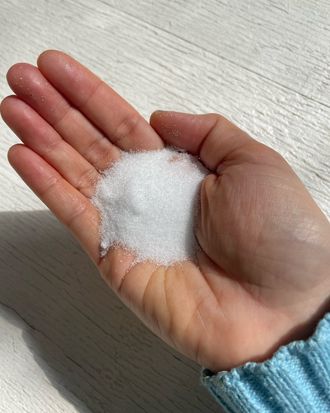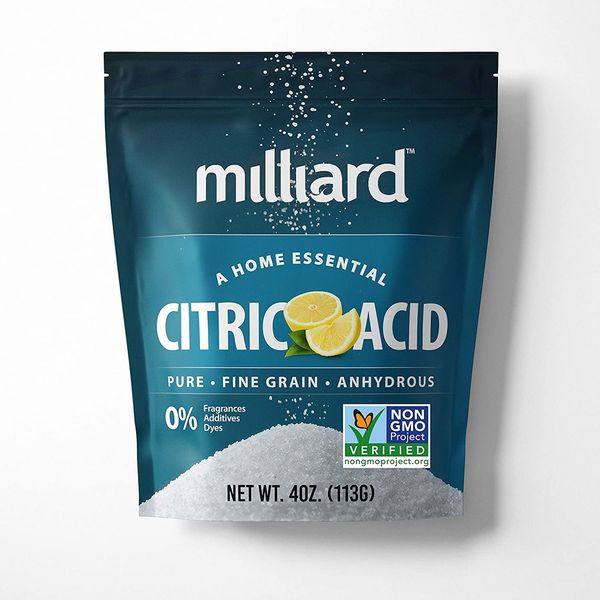
Citric acid — a compound that occurs naturally in fruits like lemons and pineapples — appears in everything from cleaning products to dietary supplements to Doritos. But as a professional pastry chef, it’s citric acid’s irresistible capacity to enhance (and balance) foods with a mouth-puckering essence that makes it one of my all-time favorite ingredients for baking and cooking. (In my cookbook More Than Cake, I even list citric acid as a desert-island ingredient.)
Dissolved into liquids, citric acid is imperceptible to the palate — its secret power is making dishes taste more vibrant and like themselves. I’ll whisk a small spoonful into jams, curds, and jellies, or any fruit-forward recipe with initial sourness that can become muted with the addition of sugar, eggs, or dairy. And even rich, creamy sweets like ice cream and buttercream frosting get a lift from citric acid, which has no “flavor” (unlike, say, vinegar), so it won’t alter your dish.
For the home cook, a great place to begin using citric acid is as a seasoning — just like the contents of your spice drawer, citric acid will add intensity and personality to prepared foods. Try it on candied nuts, dusted over French fries, sprinkled on buttered popcorn, or dissolved into a simple syrup for cocktails. Add it to barbecue marinades, smoothies, store-bought juices, and instant Jell-O mixes, and taste the difference.
The key here is restraint. Citric acid thrives against other strong, big flavors. Use too much, and it will taste unpleasantly sour. It functions a lot like a salt in this way, acting as a highlighter that allows you to read the text more clearly on the page. Just as a properly salted steak won’t taste salty, a jam with the right amount of citric acid will be vivid and bright, like eating ripe strawberries picked at their peak.
Citric acid has a few other brilliant qualities that aren’t just about enhancing flavor. It acts as a preservative, keeping shelf-stable jarred foods, dehydrated meats and vegetables, and crunchy crackers fresher for longer. Do your sliced apples turn brown before you have a chance to layer them into a deep-dish pie? Instead of adding watery lemon juice, sprinkle a scant amount of citric acid over, and then toss. (Try this with guacamole, too.) Do your fruit syrups, pickles, and roasted-fruit purées look wan and gray? Stirring a small amount of citric acid into the canning liquid of boiled, pickled, and roasted fruits and vegetables “sets” and enhances their color much longer.
It’s easy to find food-grade, GMO-free citric acid online or in bulk-spice stores like SOS Chefs or Kalustyan’s. Kept in an airtight container, the stuff stays fresh just about forever. From experience, an eight-ounce package lasts about six months in a professional kitchen — so at home, it’ll probably hold you over for years.
Some more secret ingredients we’ve written about before
The Strategist is designed to surface the most useful, expert recommendations for things to buy across the vast e-commerce landscape. Some of our latest conquests include the best acne treatments, rolling luggage, pillows for side sleepers, natural anxiety remedies, and bath towels. We update links when possible, but note that deals can expire and all prices are subject to change.










